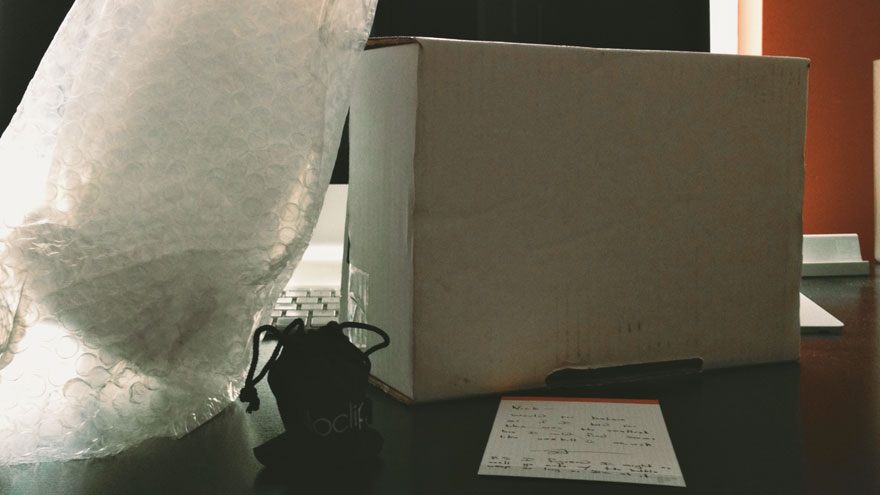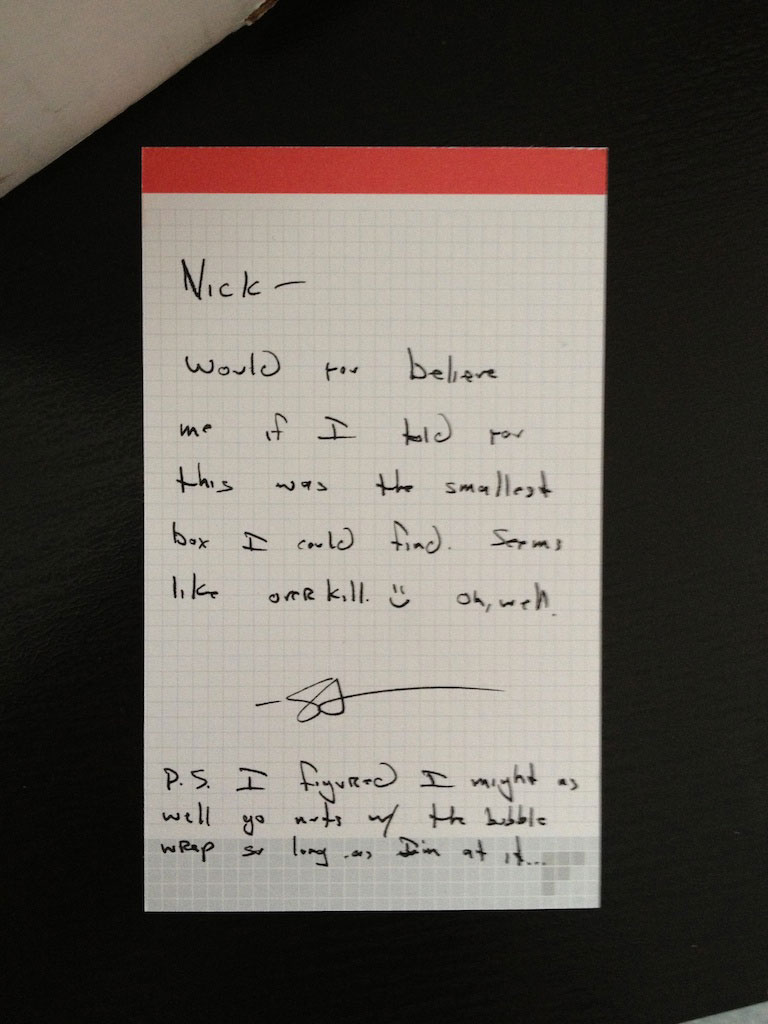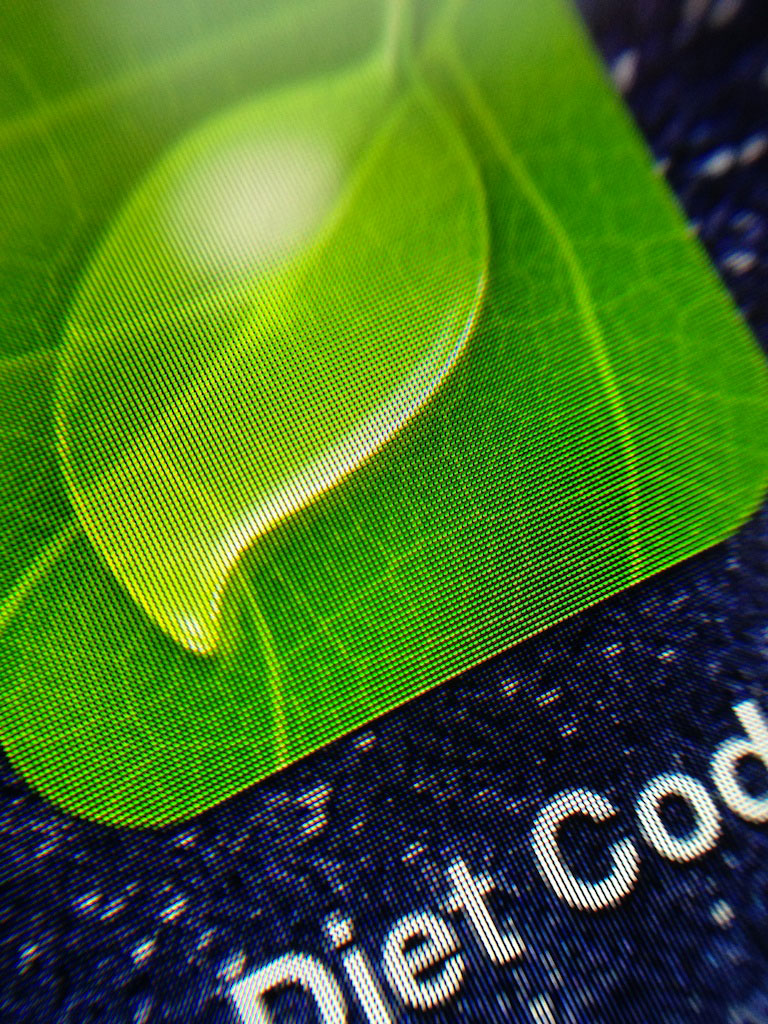As Mondays go, yesterday was one hell of a trip in the tech world. Google launched their holiday lineup, and Microsoft introduced the world to Windows Phone 8. But the biggest of them all, Apple, waited until mid-afternoon to share the news: Scott Forstall and John Browett, two of their executive team, would be leaving the company.
John Gruber gave his usual in-depth analysis, Federico Viticci asked the right questions, and Jim Dalrymple was characteristically monosyballic. Between all the rumoured reasons for their departure flying around, I felt like I was reading the kind of gossip stories normal people read. But I don’t want to dwell on the circumstances for their leaving. I want to make the case that this executive shuffling of duties is the best possible position for Apple to be in.
Scott Forstall was the man in charge of iOS and, briefly before that, Mac OS X. That means that he played a huge role in controlling the direction of around 70% of Apple’s quarterly revenue. He lead the engineering side, including Siri and Maps, and drove the interface design side. He was Steve Jobs’ right-hand-man in the realistic leather-and-wood world. But Jobs passed away a year ago, and Forstall doesn’t still have the kind of clout that allows him to be kind of a dick. Which is a shame, because he’s one hell of an engineer.
So, how does his job get divvied up within the company?
There are ten names on Apple’s leadership page now. Two of them, CFO Oppenheimer and GC Sewell, aren’t interesting to the normal creative operations of the company from my perspective. That leaves eight people. More specifically, eight of the most talented people in the world at what they do every single day.
Tim Cook runs the joint. He’s the best operations manager in the world, bar none. He was the guy who took Apple from 90 days of stale inventory to complete turnarounds that take less than a week. Like his predecessor, he isn’t a designer nor a coder. He probably doesn’t have quite the design taste that Steve Jobs had, though I’d wager that he understands thoroughly the difference between good and great design.
But that’s okay, because Jony Ive is there, a man with truly impeccable taste. You may dislike his stark, material-oriented industrial design philosophy, but you cannot deny just how good he is at it, nor can you deny the impact it has had on the rest of the world of industrial design. And now he’s the director of “human interface” in a software sense, in addition to the hardware. He is the man in charge of making sure Apple’s products make sense and are comfortable for human beings. He facilitates the design of that entire interaction.
Then there’s Phil Schiller, the Number Two1. If Cook gets killed while skydiving into work in the morning — his usual commute — Schiller takes over. His official title is “Senior Vice President, Worldwide Marketing” but, as Gruber notes, this is somewhat misleading. It makes more sense if you replace the word “Marketing” with the word “Product”, because that’s his role: shaping Apple’s entire product direction. He’s realized that the best way to market a product — to make people want to buy a given product — is to make that product so good that people want to buy it anyway, regardless of how many ads the company runs. Judging by Apple’s decade-and-a-half of hits, this makes him one of the best product guys in the world.
While Ive oversees the design of Apple’s software, someone still needs to implement it. That role now falls on the rather wonderfully-appointed head of Craig Federighi. He was the man who delivered perfectly on Mountain Lion, an operating system that costs $20, was delivered on time, and was relatively free of bugs. Now he’s in charge of delivering that same quality of operating system on Apple’s mobile devices. Interestingly, OS X is reportedly now on an annual release cycle, as with iOS. Apple wants to prove that they can deliver, and it’s all on Federighi now. Next year will be his first test to do so, and I can’t wait to see what he delivers.
Apple also needs people to implement Ive’s hardware designs. His team works closely with Dan Riccio’s genius hardware engineering team, and Jeff Williams’ operations team to ensure everything works together, and can be made en masse. Also in this field is Bob Mansfield, brought in for one last job: to run the totally vague Technologies division. According to the press release, this means wireless hardware and processors, both of which are critical to Apple’s largely self-contained future. He’s going to be running this for the next two years, and apparently has “ambitious plans for the future”.
Last, but very much not least, Forstall’s Siri and Maps duties have been passed on to the resident fixer Eddy Cue, who runs the new Internet Services team. Cue has been critical to gaining many of the media deals that have allowed the iTunes Store to grow to its current size, dominance, and worldwide prevalence. He was also the guy who took the failed MobileMe product and fixed it up into iCloud. It’s not perfectly reliable, but it’s so much better than the days of yore. Now, Cue’s job is to make Siri and Maps function as well as they should, or better. It makes sense to consolidate the internet services into one division. Cue’s record indicates that he is an ideal candidate for this job.
This reshuffling of duties is what Apple does best: simplification. No longer will the two operating systems be engineered by two people. No longer will the iOS team be in charge of two internet services. Everyone’s job makes sense. Each team is a critical component of making each product, from concept to record sales quarter.
And, yes, Apple will find a replacement to lead the retail division.


